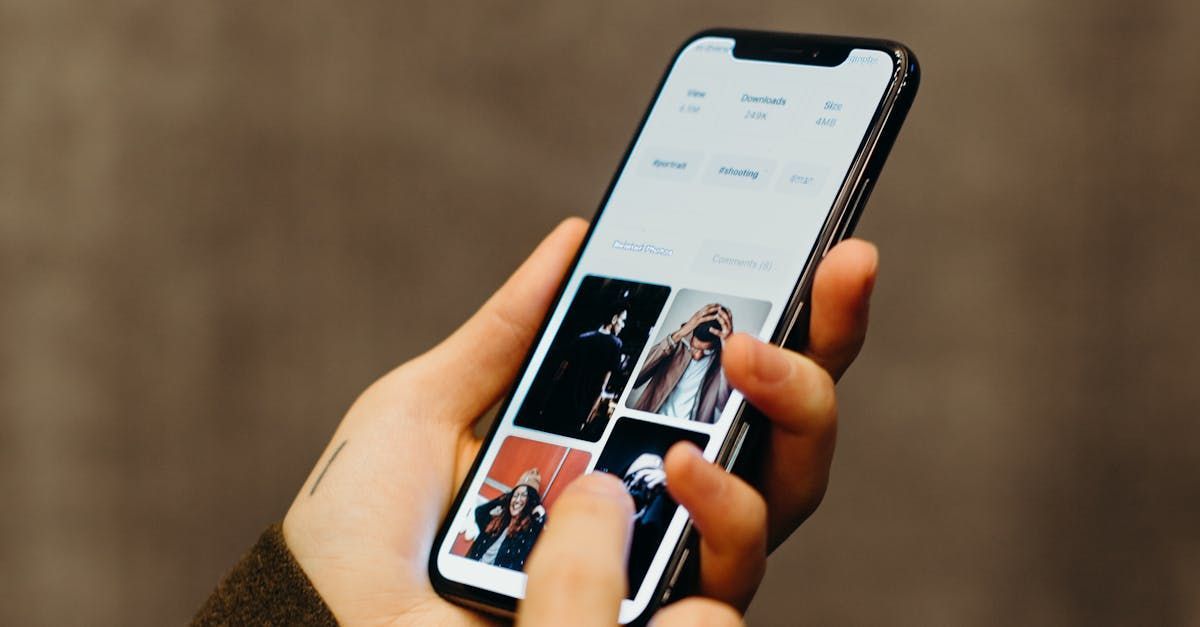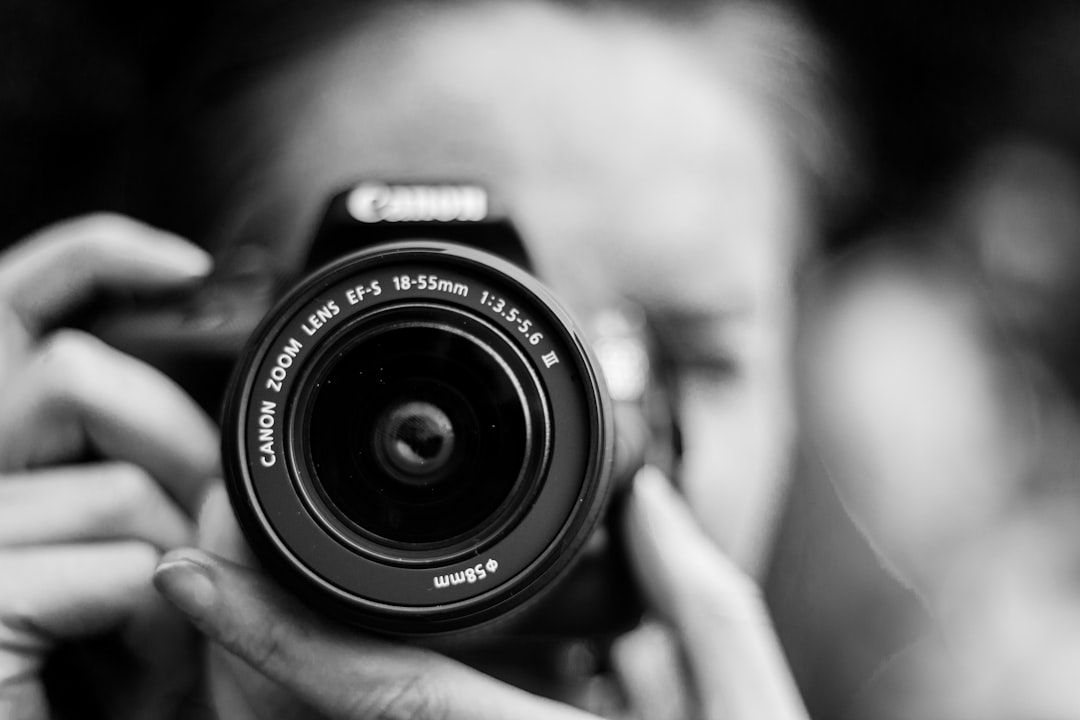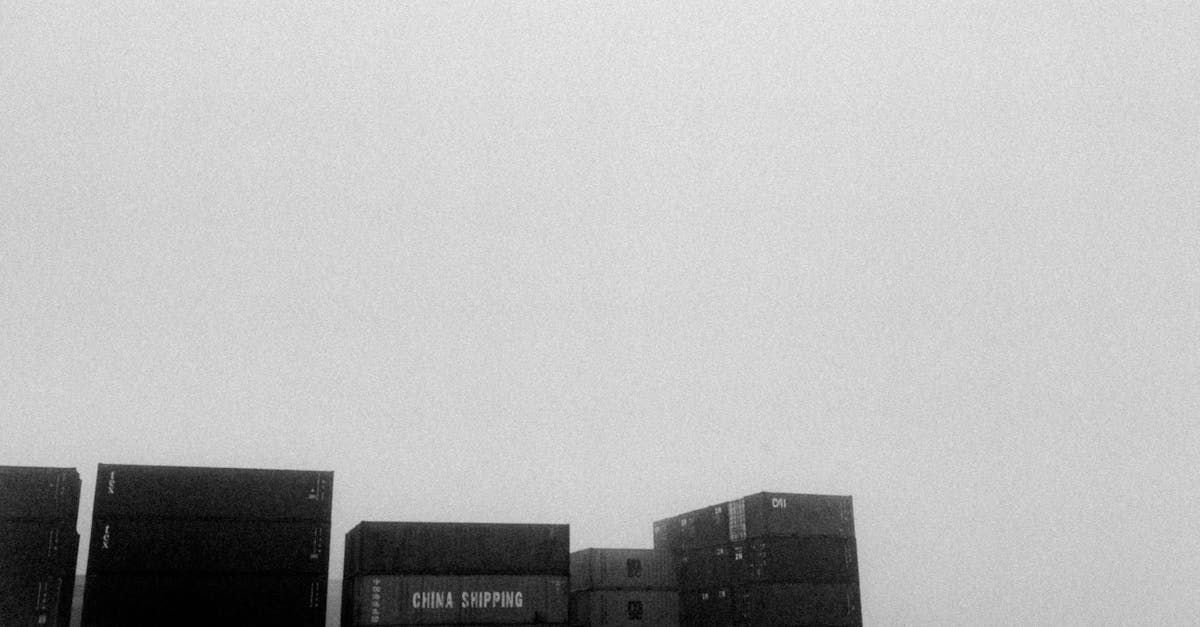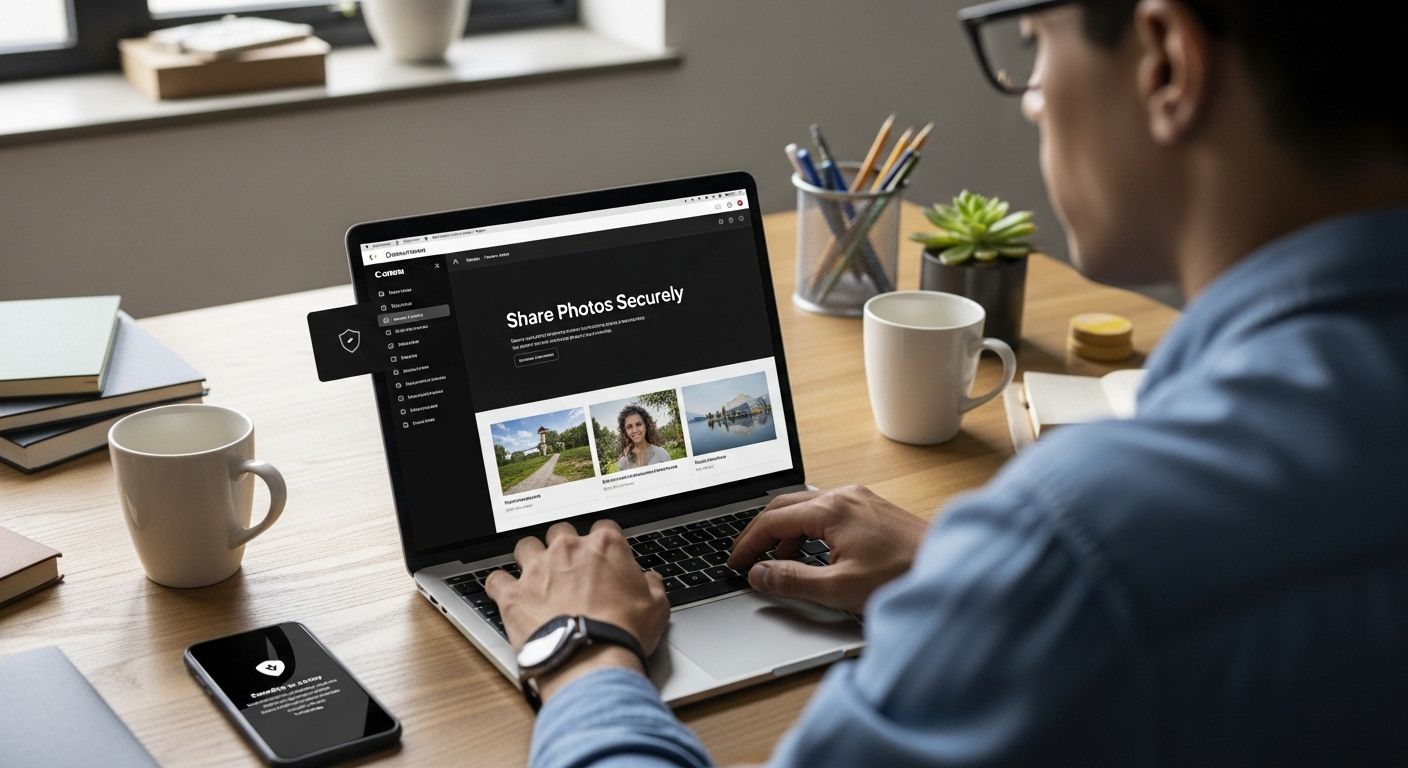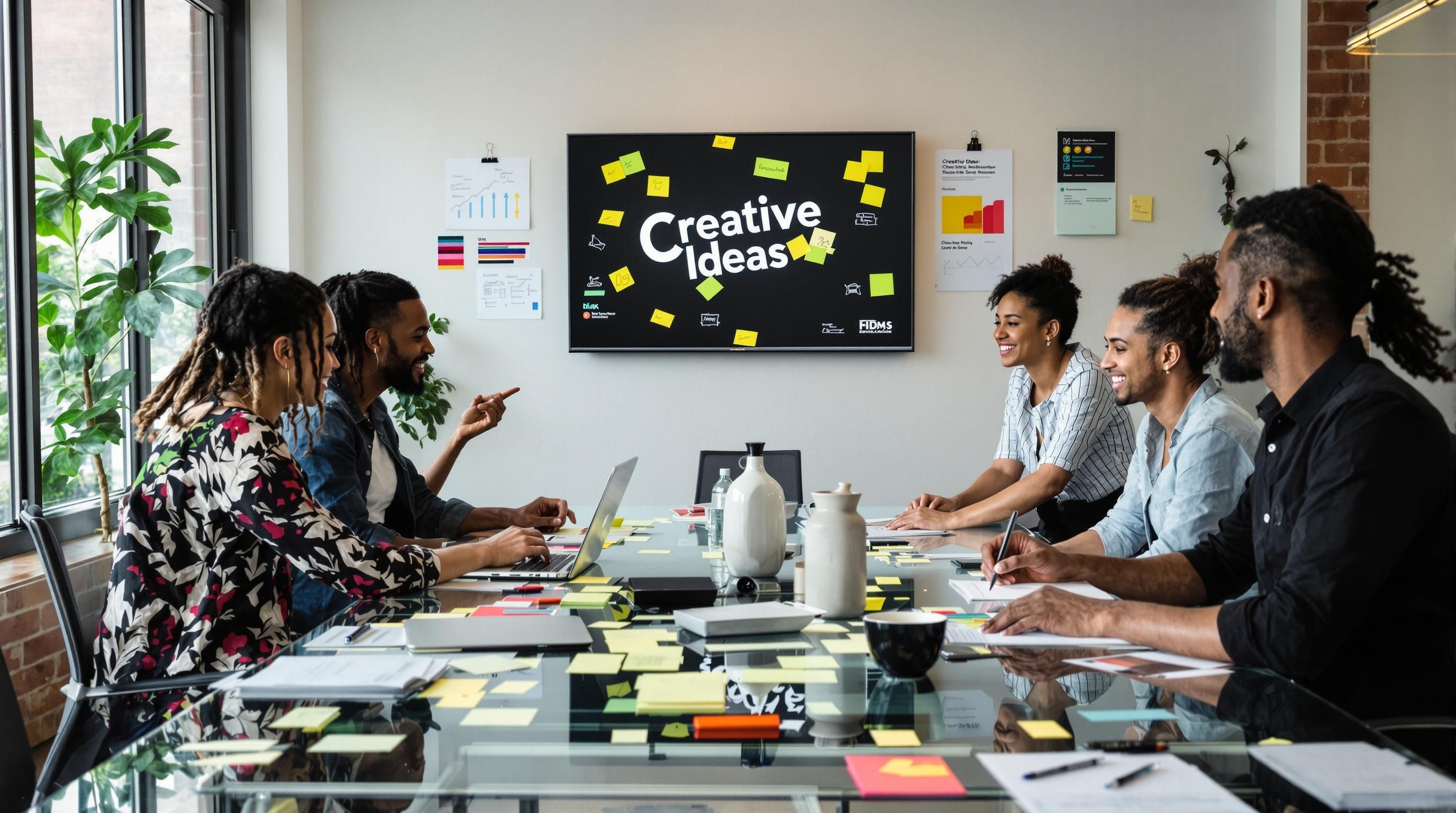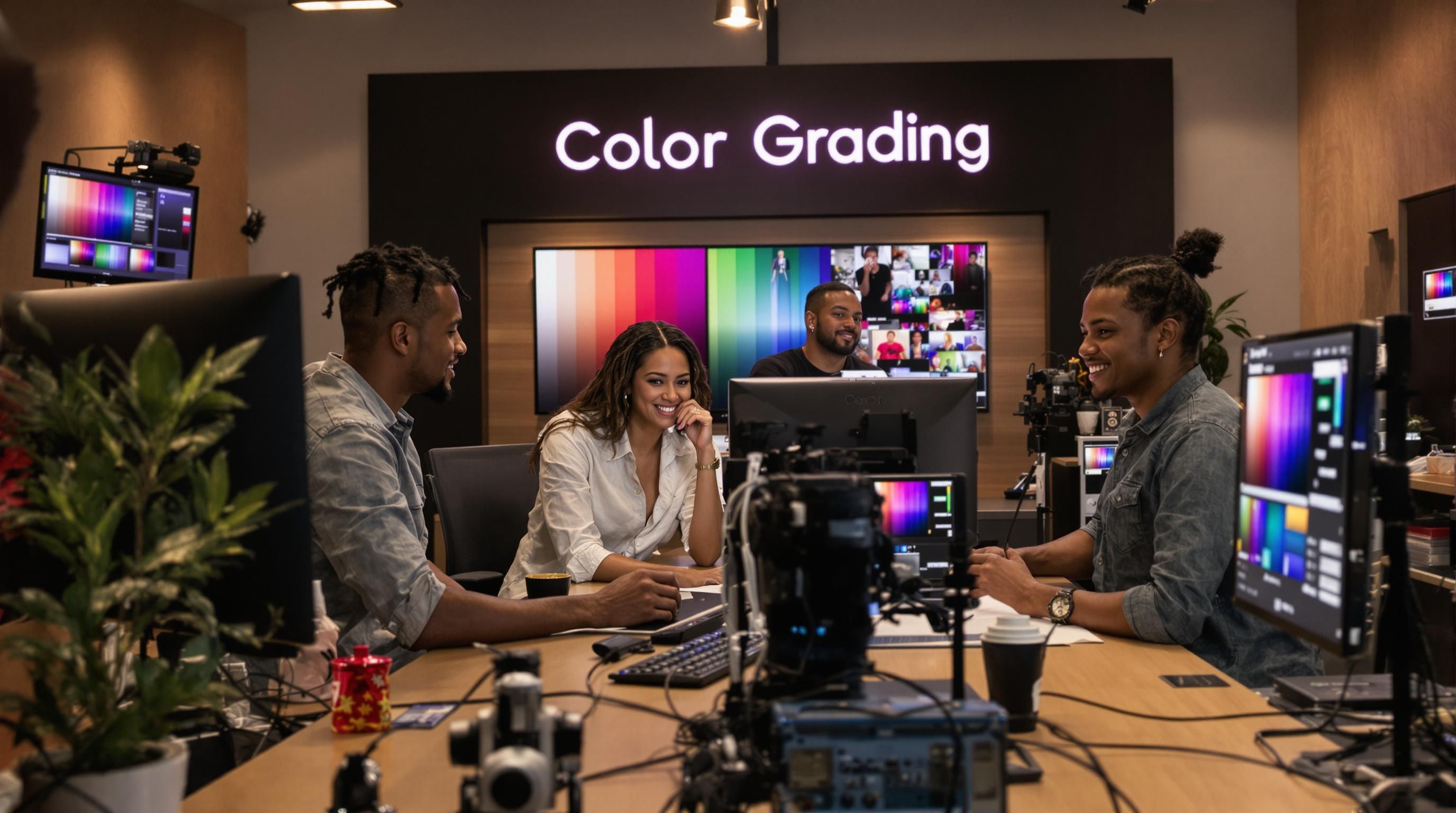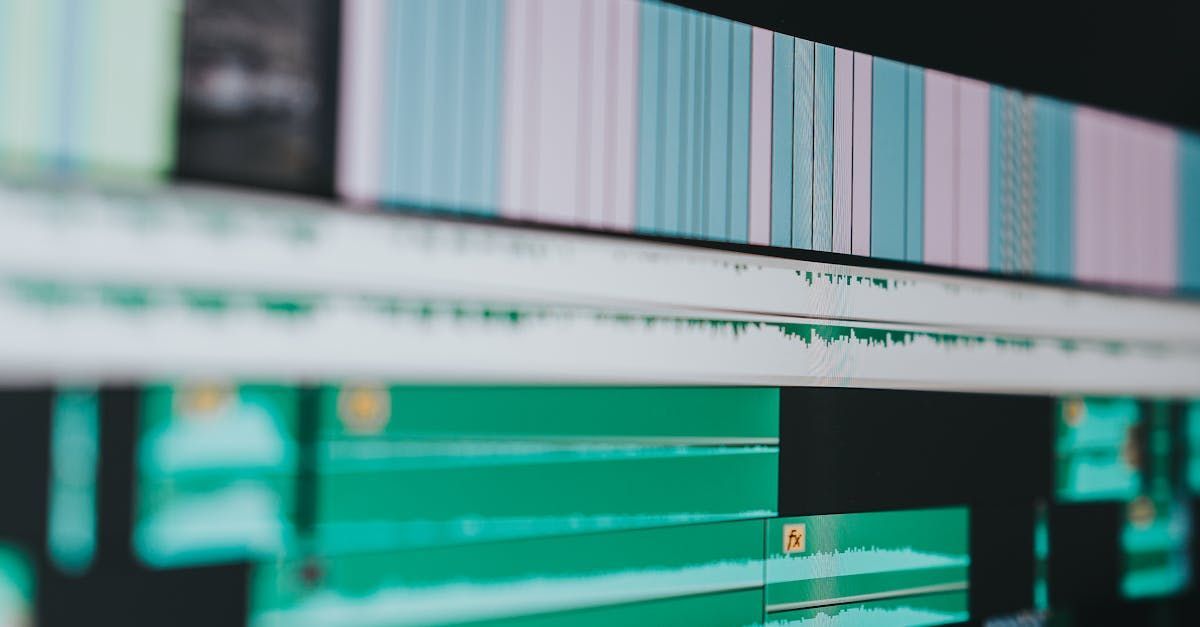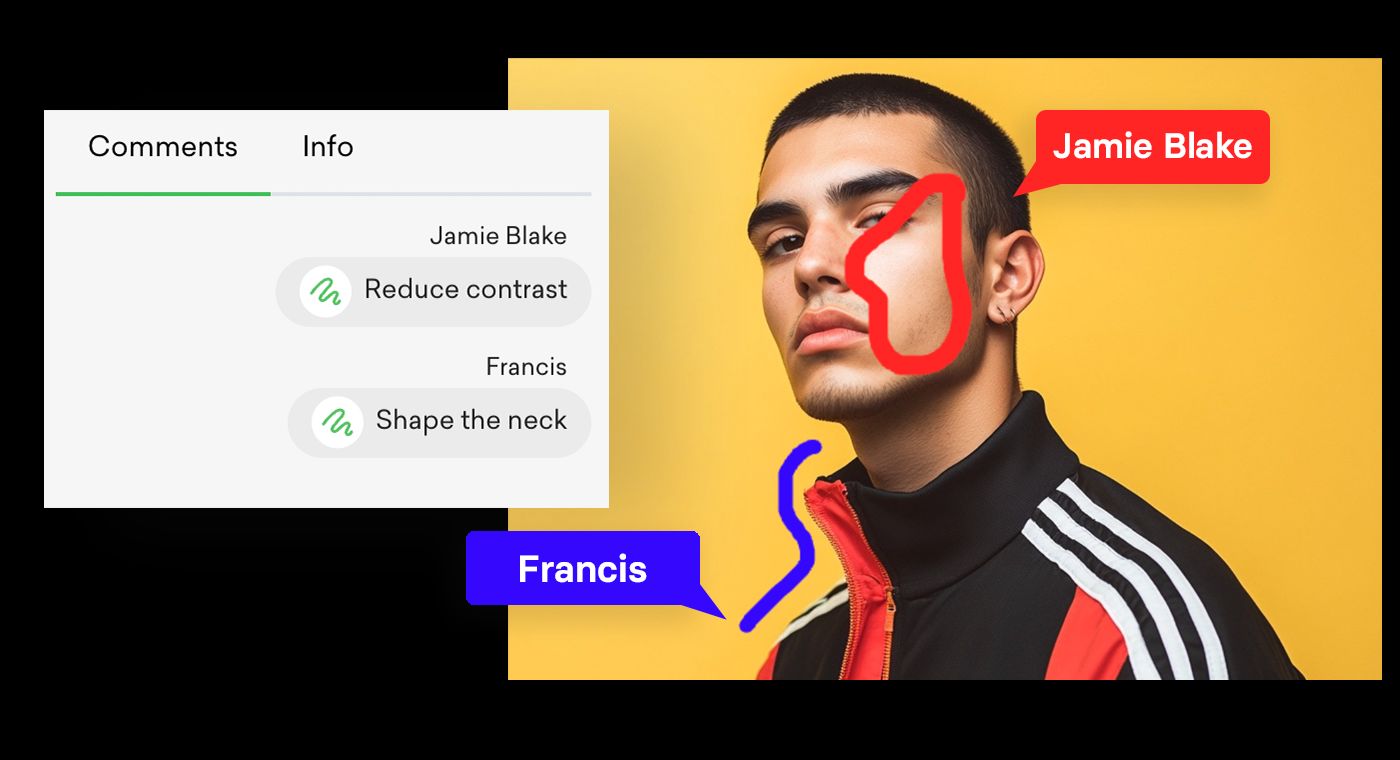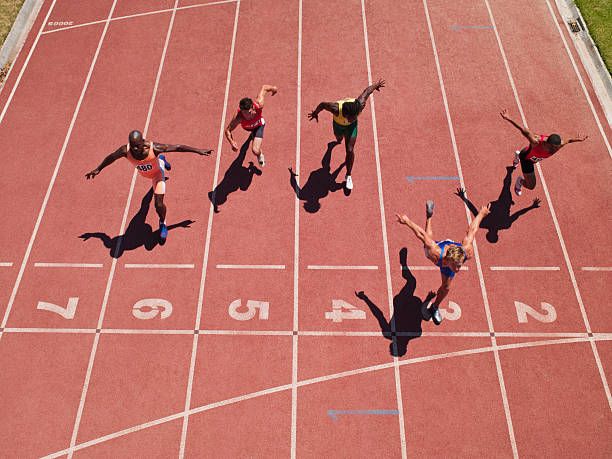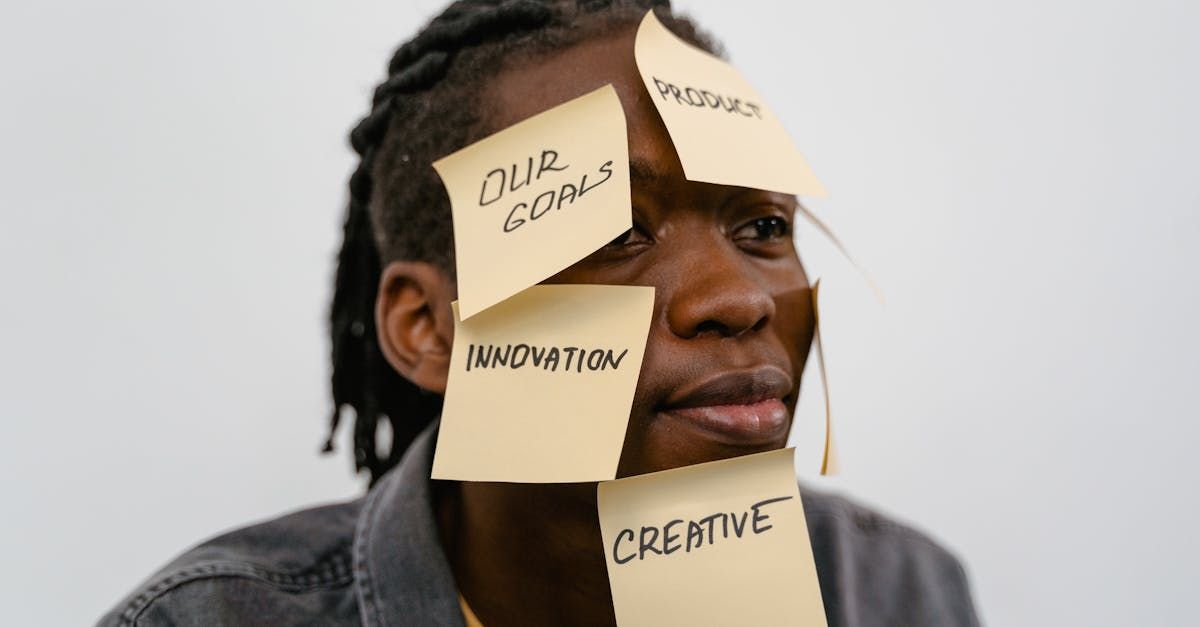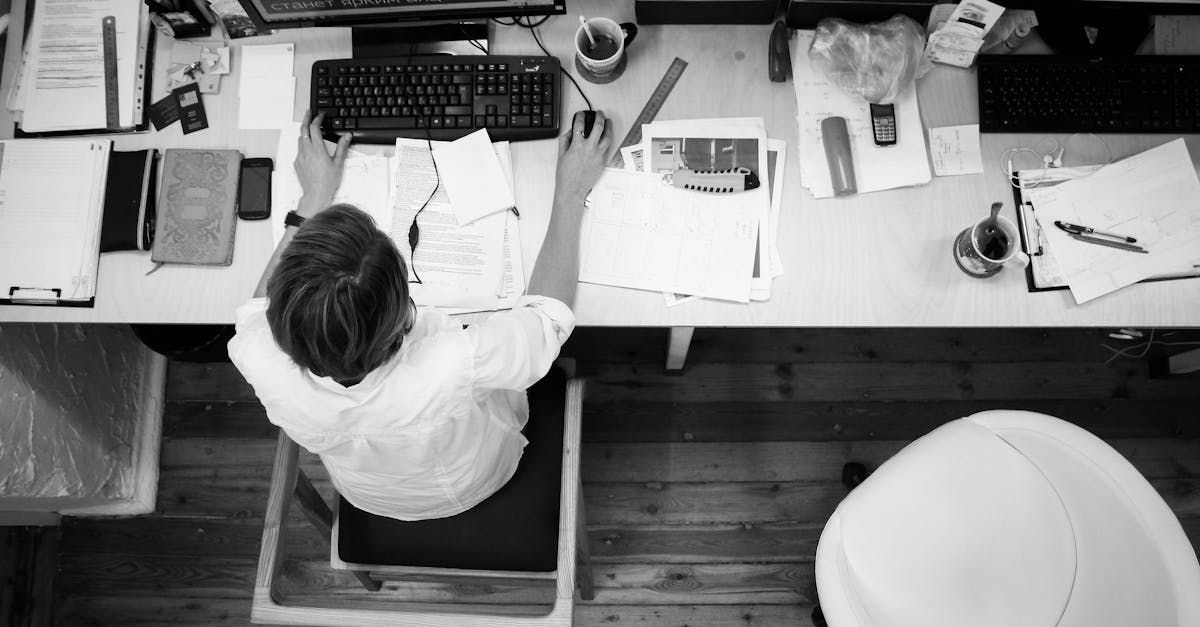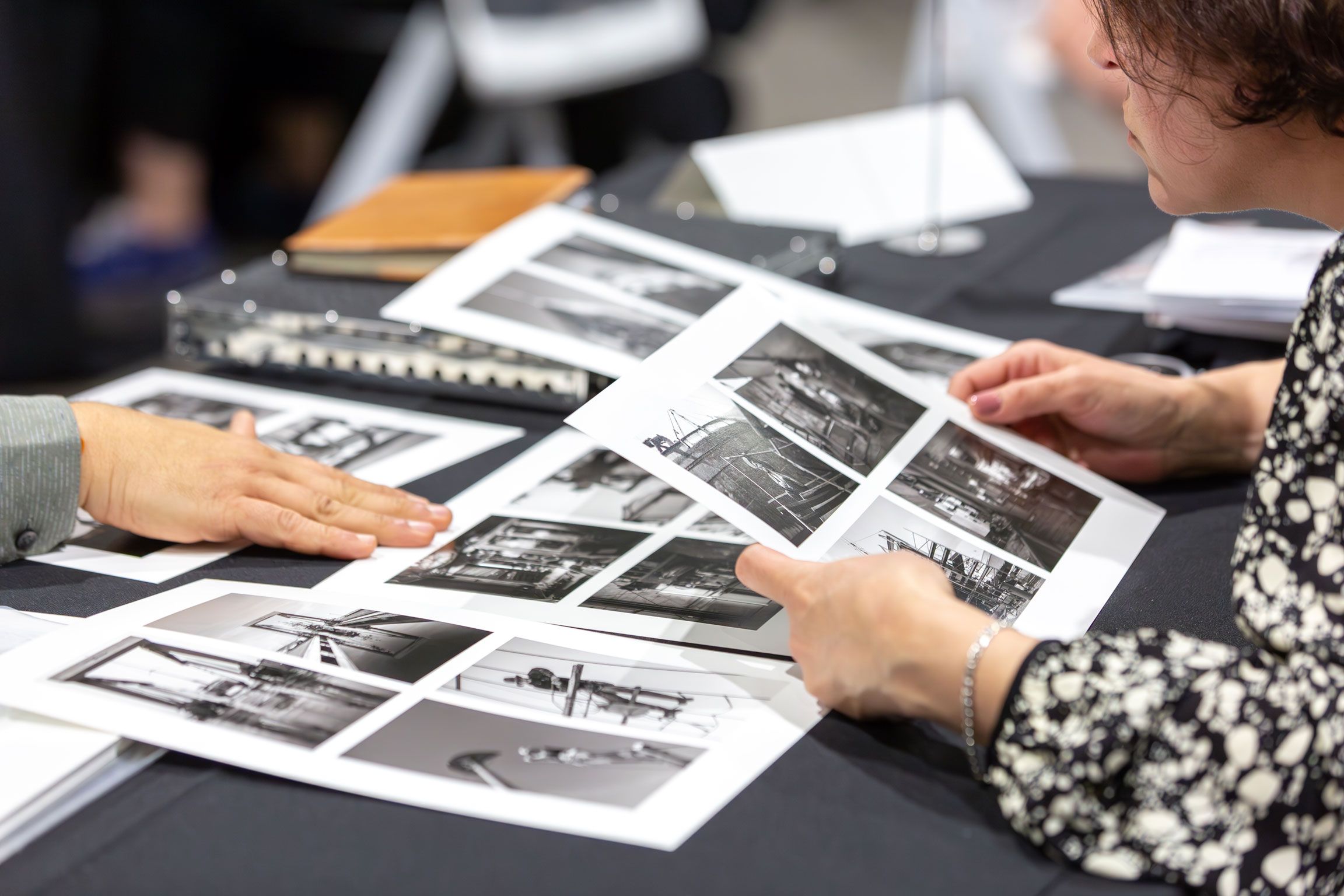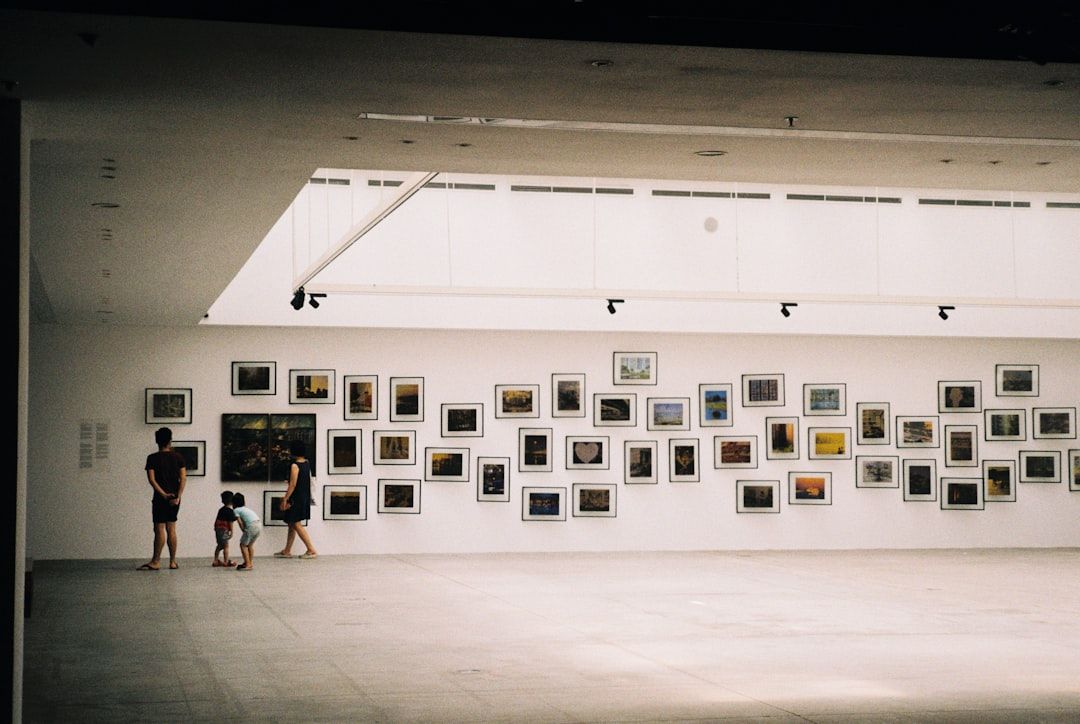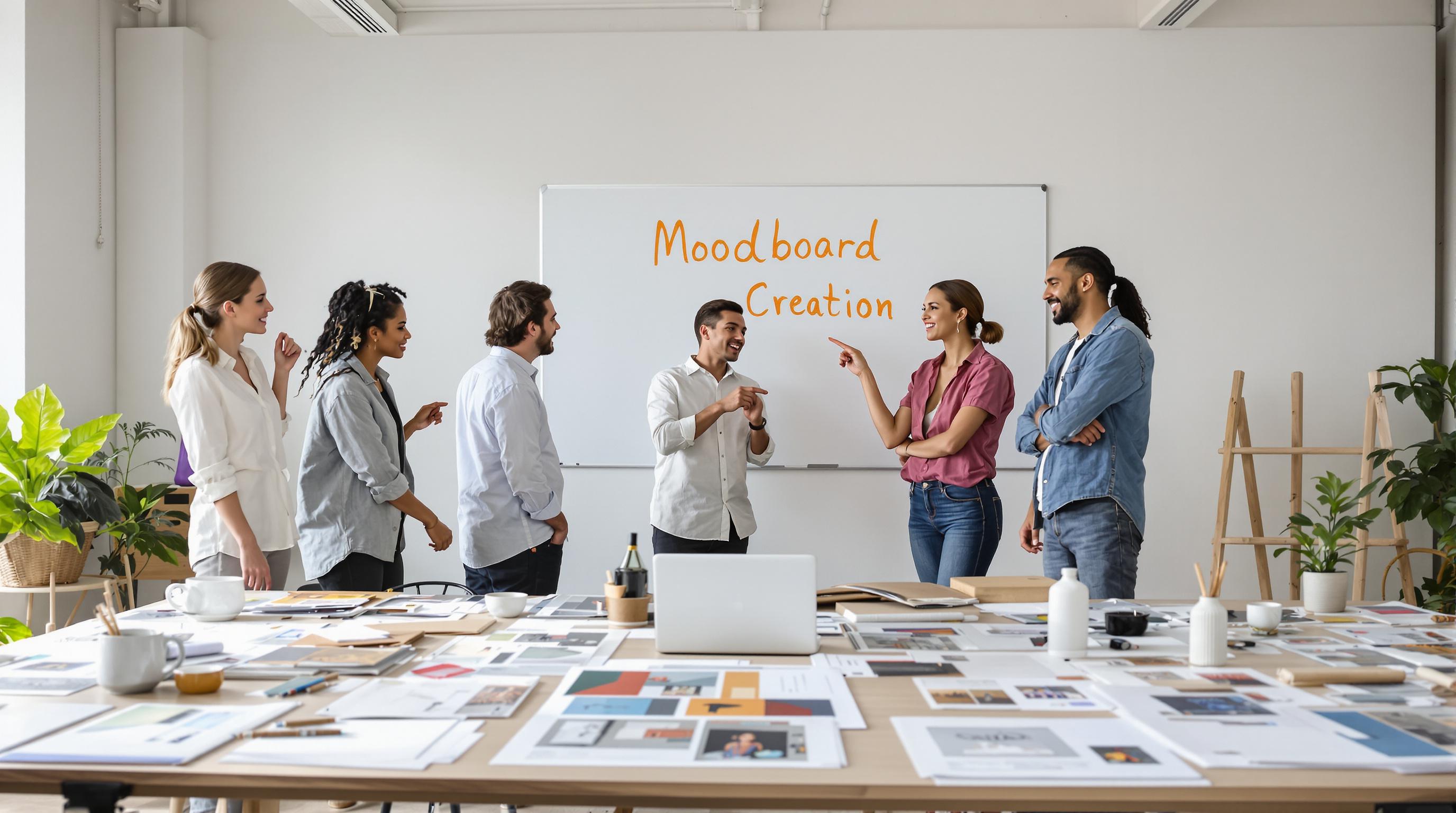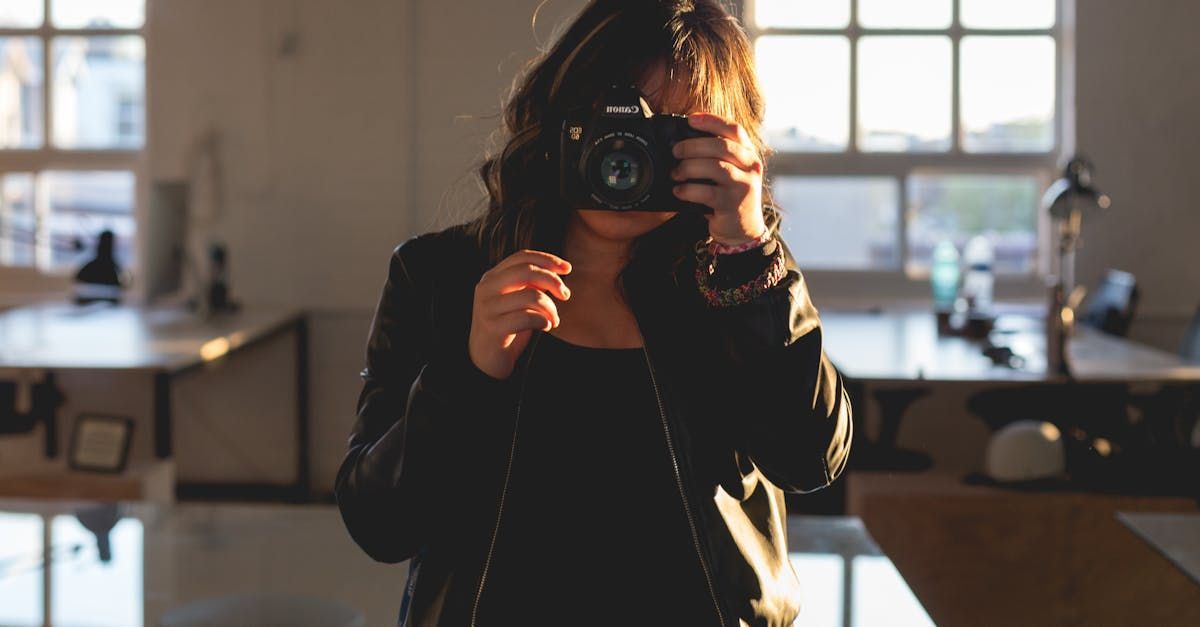Non-destructive editing is quickly changing the way creative teams handle digital projects. Over 80 percent of professionals now rely on techniques that let them experiment with images and videos without ever touching the original files. Sounds like just another technical upgrade, right? Actually, this single shift is giving artists and editors the power to rethink their entire creative process. Here is why that matters more than ever as we head into 2025.
Table of Contents
Quick Summary
| Takeaway | Explanation |
| Preservation of Original Data | Non-destructive editing maintains the integrity of original files by applying changes as separate instructions instead of permanent alterations. |
| Enhanced Creative Flexibility | This editing approach encourages unlimited revisions and experimentation, allowing professionals to explore new creative directions without risking original content. |
| Improved Collaboration | Non-destructive editing facilitates real-time team collaboration, enabling multiple users to work on a project simultaneously with effective version control. |
| Essential Techniques | Key techniques include adjustment layers, layer masks, and smart objects, which help preserve original image quality while allowing for comprehensive modifications. |
| Strategic File Management | Establishing strong file management protocols is crucial, including original file protection, metadata tracking, and systematic version control to ensure seamless workflow and backup. |
Understanding What Is Non-Destructive Editing
Non-destructive editing represents a revolutionary approach to digital content manipulation that transforms how creative professionals work with images, videos, and audio files. Unlike traditional editing methods that permanently alter original files, this technique allows professionals to make comprehensive changes while preserving the source material’s integrity.
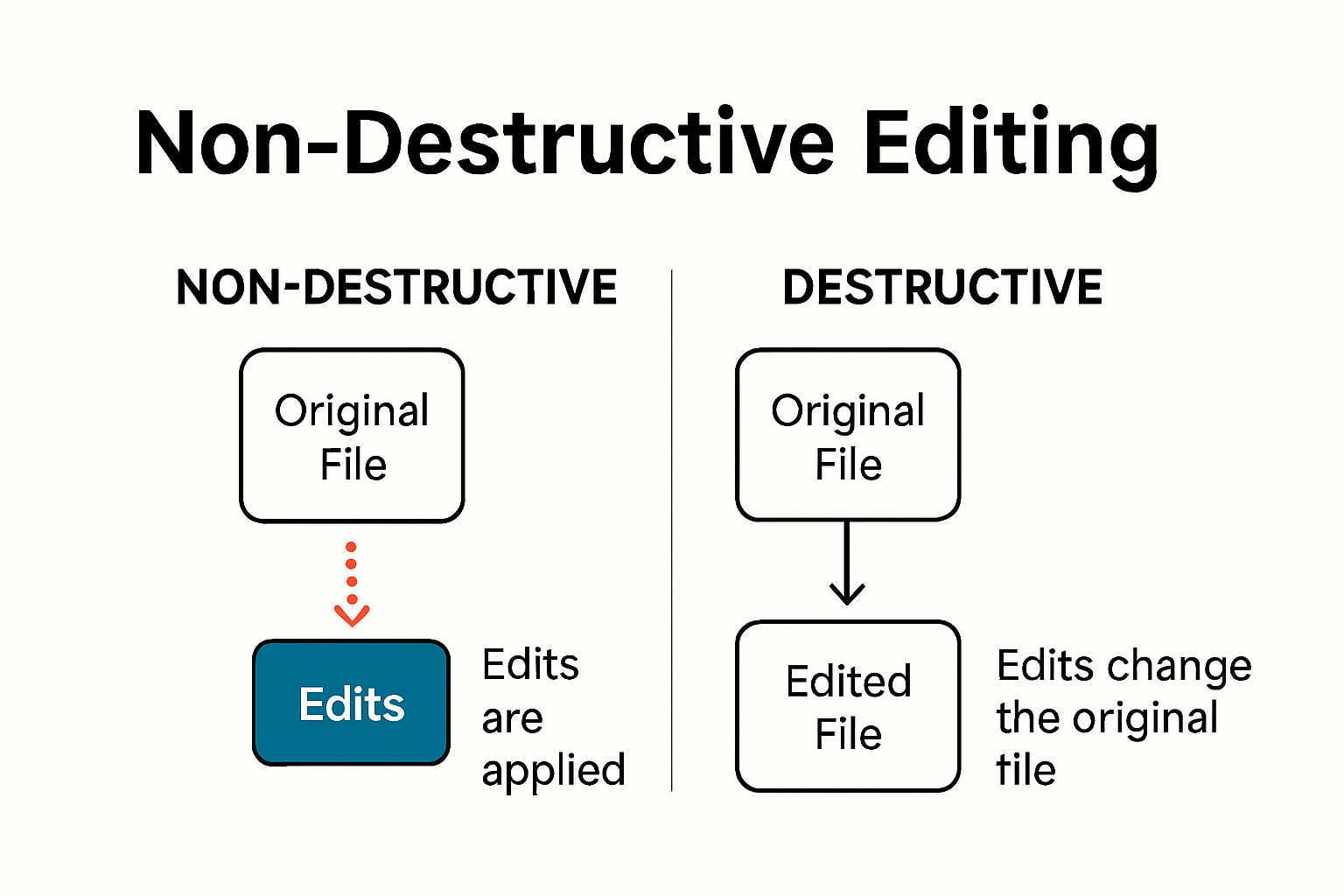
The Core Concept of Non-Destructive Editing
At its fundamental level, non-destructive editing is a digital workflow strategy where modifications are applied as separate instructions rather than directly changing the original file. According to Wikipedia’s technical definition, this approach uses specialized software that creates a pointer-based playlist or directed acyclic graph to track edits without modifying the source content.
Important characteristics of non-destructive editing include:
-
Preservation of Original Data: Every modification exists as a set of instructions, not permanent changes
-
Unlimited Revisions: Professionals can experiment without fear of losing original content
-
Metadata Tracking: Detailed edit histories can be maintained and referenced
Technical Mechanics and Workflow Integration
As research from O’Reilly’s digital asset management resources explains, non-destructive editing functions through sophisticated software layers that interpret edit commands without directly altering pixel data. This approach creates a dynamic editing environment where creative professionals can:
-
Apply complex adjustments
-
Experiment with multiple visual treatments
-
Revert to original states instantaneously
-
Maintain high-quality source files
The technical infrastructure supporting non-destructive editing involves creating adjustment layers, edit metadata, and reference points that allow software to reconstruct images or video based on original content and applied instructions. This means photographers, designers, and video editors can make intricate modifications while always maintaining a pristine original file.
Professional Applications and Creative Flexibility
Creative professionals across various disciplines leverage non-destructive editing to enhance workflow efficiency. Photographers can adjust color balance, exposure, and cropping without risking original RAW files. Video editors can experiment with color grading and transitions without generating multiple file versions. Audio engineers can apply complex effects while preserving source recordings.
The approach fundamentally shifts creative workflows from linear, destructive processes to dynamic, experimental environments where innovation is encouraged and risk is minimized. By separating edit instructions from source content, professionals gain unprecedented flexibility in their creative processes.
Ultimately, non-destructive editing represents more than a technical method—it’s a paradigm shift in digital content creation that empowers creativity, preserves original work, and provides professional-grade flexibility across multiple creative disciplines.
Benefits for Creative Workflows and Collaboration
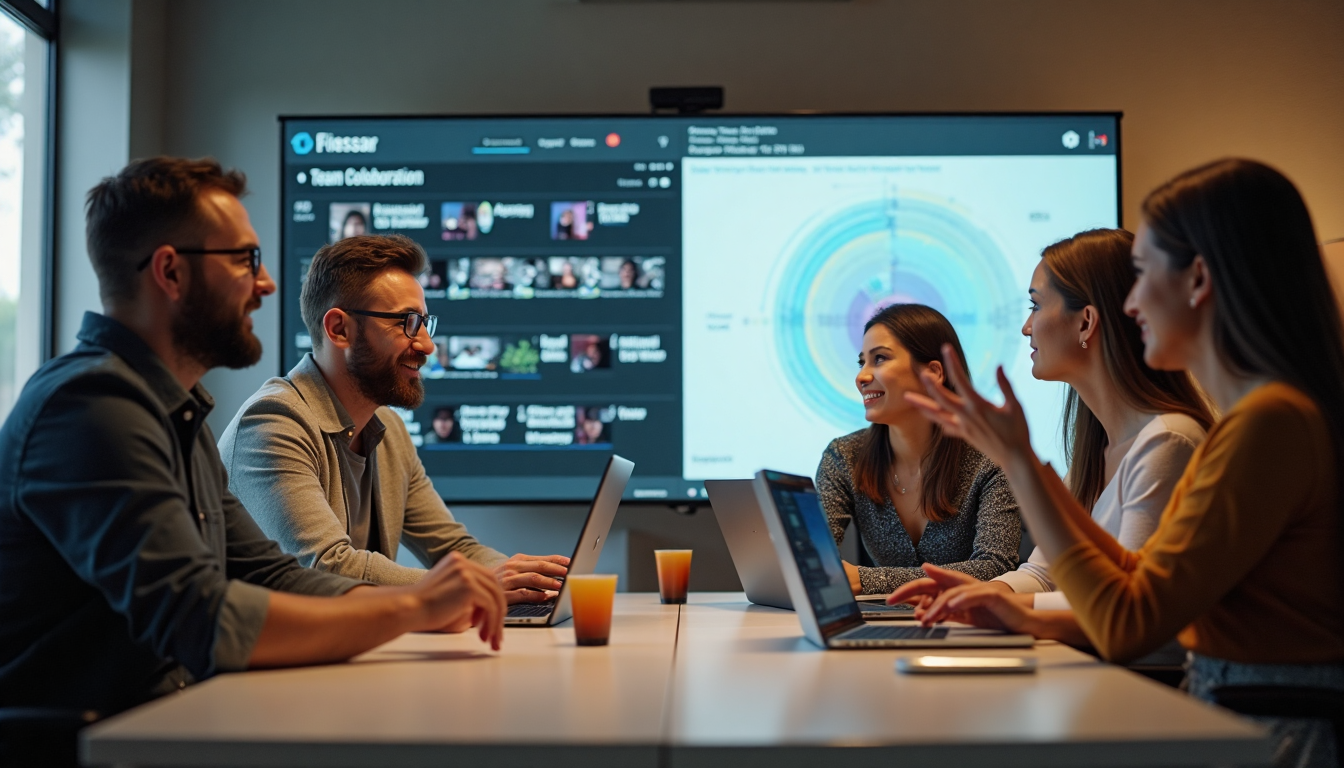
Non-destructive editing transforms creative workflows by introducing unprecedented flexibility and collaborative potential across various media production environments. This innovative approach empowers teams to work more efficiently, experiment boldly, and maintain the highest quality standards throughout complex projects.
To help compare how non-destructive editing changes creative workflows compared to traditional editing, the table below summarizes their key differences based on the information presented above.
| Feature | Non-Destructive Editing | Traditional (Destructive) Editing |
| Preservation of Original Data | Always maintained | Permanently altered |
| Revisability | Unlimited, can revert at any time | Limited or irreversible |
| Collaboration | Real-time, multi-user, version control | Difficult, prone to overwrites |
| Risk of Data Loss | None | High |
| Workflow Flexibility | Experiment freely | Limited, cautious |
| File Management Complexity | Systematic, enables easy tracking | Often messy, multiple copies needed |
Enhanced Creative Experimentation and Risk Management
According to research from collaborative media platforms, non-destructive editing enables creative professionals to explore multiple design iterations without compromising original content. This approach fundamentally changes how artists approach creative challenges by removing the traditional barriers of permanent modifications.
Key advantages of creative experimentation include:
-
Unlimited Iteration: Designers can create multiple versions without generating numerous file copies
-
Zero Risk Exploration: Professionals can test radical design concepts without potential data loss
-
Efficient Workflow Management: Quick pivots between different creative directions become seamless
Collaborative Editing and Team Synchronization
Research from collaborative technology studies demonstrates that non-destructive editing platforms dramatically improve team productivity. These systems allow multiple team members to work simultaneously on the same project, tracking changes and maintaining version control with unprecedented precision.
Collaborative benefits manifest through:
-
Real-time edit tracking
-
Simultaneous multi-user access
-
Comprehensive change management
-
Transparent revision histories
Professional Efficiency and Quality Preservation
Wikipedia’s technical overview of non-linear editing systems highlights how these approaches maintain high-quality source materials while providing maximum creative flexibility. Professional teams across photography, video production, graphic design, and audio engineering can now work with greater confidence and creative freedom.
The strategic advantages extend beyond immediate project needs. By preserving original files and creating metadata-rich edit instructions, creative professionals build comprehensive archives that serve future reference and potential reuse. This approach transforms editing from a linear process to a dynamic, adaptive workflow that respects both creative vision and technical precision.
Ultimately, non-destructive editing represents more than a technical solution. It is a paradigm shift that empowers creative professionals to work more intelligently, collaborate more effectively, and push the boundaries of their artistic expression without fear of permanent compromise.
Common Tools and Techniques for Non-Destructive Editing
Non-destructive editing relies on sophisticated tools and techniques that enable creative professionals to manipulate digital content with maximum flexibility and minimal risk. These advanced approaches transform how artists interact with their source materials, providing unprecedented control and creative freedom.
The table below organizes and summarizes the core non-destructive editing techniques and the main benefits each provides, based on the details in this section.
| Technique | How It Works | Key Benefit |
| Adjustment Layers | Apply changes as separate layers above the image | Reversible and easily altered edits |
| Layer Masks | Reveal or conceal portions of layers selectively | Targeted, non-permanent modifications |
| Smart Objects | Embed content for transformations without quality loss | Preserves original quality and data |
| Metadata Tracking | Maintain edit instructions/history tied to content | Enables version control and archiving |
Fundamental Non-Destructive Editing Techniques
According to Adobe’s professional editing guidelines, several core techniques form the foundation of non-destructive workflow management. These techniques ensure that original files remain pristine while allowing comprehensive modifications.
Key non-destructive editing techniques include:
-
Adjustment Layers: Create modifications that can be edited or removed without altering original pixel data
-
Layer Masks: Enable selective editing by revealing or concealing specific image regions
-
Smart Objects: Maintain original image quality during transformations like scaling or warping
Advanced Software and Editing Platforms
Professional creative software has evolved to provide robust non-destructive editing capabilities. Research from digital media technology platforms reveals that modern editing tools integrate sophisticated algorithms that track and manage edit instructions separately from source files.
Advanced non-destructive editing platforms typically offer:
-
Comprehensive version history tracking
-
Metadata-based edit management
-
Reversible transformation capabilities
-
Seamless integration across different creative tools
Professional Workflow Integration Strategies
Technical documentation from imaging research centers demonstrates that successful non-destructive editing requires strategic workflow design. Creative professionals must understand how to leverage these tools effectively to maximize their potential.
Workflow integration strategies involve:
-
Establishing consistent file organization protocols
-
Creating standardized edit instruction frameworks
-
Implementing robust backup and archival systems
-
Training team members on non-destructive editing principles
The evolution of non-destructive editing tools represents a significant technological advancement in creative production. By separating edit instructions from source files, these techniques provide unprecedented flexibility, allowing artists to experiment, iterate, and refine their work without compromising original content quality.
Modern creative professionals view non-destructive editing not just as a technical approach, but as a fundamental philosophy of digital content creation. It empowers artists to push creative boundaries, explore bold ideas, and maintain the highest standards of professional quality throughout their projects.
Best Practices for Photographers and Content Teams
Non-destructive editing requires strategic implementation to maximize creative potential and maintain professional workflow integrity. Creative professionals must develop systematic approaches that protect original content while enabling sophisticated visual transformations.
Strategic File Management and Preservation
According to professional photography workflow research, effective non-destructive editing begins with robust file management strategies. Photographers and content teams must establish comprehensive protocols that prioritize original file preservation and intelligent version tracking.
Key file management best practices include:
-
Original File Protection: Always maintain pristine source files in separate, secure storage
-
Metadata Tracking: Use comprehensive tagging and labeling systems for easy file identification
-
Version Control: Create systematic naming conventions for edited iterations
-
Backup Redundancy: Implement multiple backup strategies across different storage platforms
Technical Workflow Optimization
Research from Adobe’s professional editing guidelines emphasizes the importance of leveraging advanced software capabilities to streamline non-destructive editing processes. Professional content teams can significantly enhance their productivity by mastering specific technical techniques.
Workflow optimization strategies include:
-
Utilizing adjustment layers for flexible modifications
-
Implementing Smart Object transformations
-
Creating comprehensive layer mask systems
-
Developing standardized editing templates
Ethical Considerations in Visual Content
Photojournalism standards research highlights the critical importance of maintaining visual authenticity while using non-destructive editing techniques. Creative professionals must balance artistic expression with ethical representation, especially in documentary and journalistic contexts.
Ethical editing principles involve:
-
Maintaining visual truthfulness
-
Documenting all significant modifications
-
Avoiding manipulations that misrepresent original scenes
-
Transparent communication about editing processes
Successful non-destructive editing transcends technical skill. It represents a holistic approach to visual content creation that respects original artistic vision, preserves image integrity, and provides maximum creative flexibility.
By embracing these comprehensive best practices, photographers and content teams can transform their workflows. Non-destructive editing becomes more than a technical method—it evolves into a strategic approach that empowers creativity, protects professional standards, and opens new possibilities in visual storytelling.
Frequently Asked Questions
What is non-destructive editing?
Non-destructive editing is a digital editing technique that allows users to make changes to images, videos, or audio files without permanently altering the original files. This is achieved by applying changes as separate instructions instead of direct modifications to the source content.
What are the key benefits of non-destructive editing?
Key benefits include the preservation of original data, enhanced creative flexibility for unlimited revisions, improved collaboration through real-time multi-user access, and professional efficiency while maintaining high-quality source files.
What tools are commonly used for non-destructive editing?
Common tools for non-destructive editing include adjustment layers, layer masks, and smart objects found in professional software like Adobe Photoshop and other advanced editing platforms, which facilitate comprehensive modifications without compromising original content.
How does non-destructive editing enhance collaboration among creative teams?
Non-destructive editing allows multiple team members to work on the same project simultaneously with effective version control. This enables real-time edit tracking and transparent revision histories, leading to improved productivity and seamless teamwork.
Bring Non-Destructive Editing to Life With Pikd
Are you tired of losing creative flexibility or struggling to keep your original files safe during reviews and client collaboration? If the promise of non-destructive editing excites you but clunky file transfers and disorganized feedback slow your team down, Pikd is designed to solve these exact pain points. Our platform supports non-destructive workflows by offering smart visual galleries, real-time feedback, selection-based export, and permission controls—all while preserving your highest quality files just as described in What Is Non-Destructive Editing? Key Benefits in 2025.

Take your creative process to the next level. Easily upload and manage high-resolution visuals, gather client comments without sending duplicates or losing track of edit history, and ensure your original content stays protected from accidental changes. See how Pikd empowers creative teams committed to quality and efficiency. Start exploring the new standard for visual collaboration today—visit Pikd.io now to experience it firsthand.

